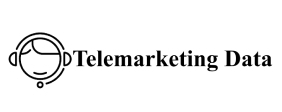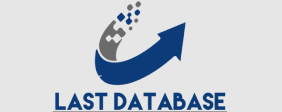Long before the era of instant messaging and social media, there was a technological marvel that forever changed the way we communicate: email. From Letters To Standing for “electronic mail,” email emerged as the digital evolution of traditional letter-writing, paving the way for a new era of rapid and global correspondence.
The Genesis of E-Communication
The roots of email can be trace back to the early days of computer networking. In the 1960s and 70s, programmers and researchers explored ways to exchange messages and data Oman Email List across interconnected computer systems. This led to the creation of the first email programs, which laid the foundation for the digital communication landscape we know today.
The Shift to User-Friendly Platforms
However, As computers became more accessible to the general public, email transition from being a tool primarily use by tech experts to becoming a staple of modern communication. User-friendly platforms and graphical interfaces emerge, making it possible for individuals from all walks of life to send and receive electronic messages with ease.
Email Attachments and Multimedia
However, With the advent of email attachments, the limitations of traditional mail were shattered. No longer constrained by physical paper, email users could now send and receive documents, images BS Leads and even videos in a matter of seconds. This expansion of capabilities transformed email from a simple text-based medium into a dynamic platform for sharing various forms of content.
Email in the Mobile Era
In addition, The proliferation of smartphones further propelled the email revolution. Mobile devices equipped users with the power to access their email accounts anytime, anywhere. Push notifications ensured that important messages were never missed, while synchronization across devices allowed for a seamless transition between desktop and mobile experiences.
The Future of Email Communication
In addition, As we stand on the cusp of tomorrow, the future of email is ripe with possibilities. Integration with artificial intelligence and advanced data analytics could lead to smarter email sorting, prioritization, and even predictive drafting. While other forms of communication emerge, email remains a steadfast tool in the digital toolbox, reminding us that pixels can carry the weight of words just as powerfully as ink on paper.
Tags: B2C Email List, Buy Email Database, Consumer Email Database, Country Email List, Mailing List, Oman Email List






